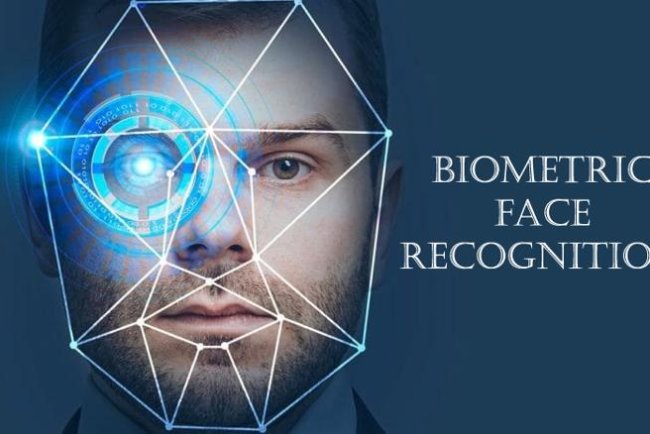AI and Machine Learning in Digital Forensics
Traditional digital forensic procedures are under growing strain as cybercrime becomes more sophisticated and digital ecosystems evolve. These days, investigators deal with an enormous amount of data, including emails, logs, photos, encrypted chats, and content from mobile apps. This makes manual analysis laborious and prone to mistakes. As a result, digital forensics has seen a revolution because to the development of artificial intelligence (AI) and machine learning (ML), which allow for quicker, more accurate, and more intelligent investigations.

The Role of AI and ML in Digital Forensics
1. Data Triage and Prioritization
The huge amount of data in digital forensics is one of the biggest obstacles. Automatic storage device scanning using AI algorithms can identify pertinent files, eliminate noise, and prioritise evidence according to its possible importance. Investigations are expedited and forensic analysts' cognitive load is lessened thanks to this automated triage.
2. Anomaly Detection
Systems with AI capabilities can spot odd or suspicious activity in file systems, user activity, or network traffic. Clustering and anomaly detection algorithms are examples of unsupervised learning models that can identify departures from typical behaviour, which is crucial for identifying malware infections, insider threats, or unauthorised access.
3. Natural Language Processing (NLP)
Forensic technologies can now examine emails, chats, and social media messages for sentiment, intent, or threats thanks to modern NLP approaches. Even across many languages, AI models are able to identify named entities (such as persons and locations), extract important phrases, and flag questionable interactions.
4. Multimedia Forensics
New difficulties are brought about by the growth of deepfakes and distorted media. Artificial intelligence (AI) algorithms, particularly Convolutional Neural Networks (CNNs), are able to identify minute artefacts in photos and videos that may indicate manipulation. Verifying the legitimacy of audiovisual evidence and determining the origin of digital data are two other applications of deep learning.
5. Malware Classification
Using machine learning, forensic investigators can recognise, categorise, and comprehend the behaviour of malware. AI can classify malware into families and even forecast new variants by examining system calls, file signatures, and network activity, which lessens the need for signature-based detection.
6. Behavioral Biometrics
In order to verify identity and detect insider threats, behavioural patterns like keystroke dynamics, mouse movements, or mobile usage habits are being exploited. These trends are examined by ML models to differentiate between authentic users and fraudsters.
Benefits of AI in Forensics
-
Speed: AI accelerates the evidence analysis process from weeks to hours.
-
Accuracy: Reduces human error and improves detection of subtle patterns.
-
Scalability: Can handle vast amounts of data from multiple sources simultaneously.
-
Automation: Frees up human analysts to focus on complex decision-making tasks.
Challenges and Limitations
While the benefits are significant, AI in digital forensics is not without challenges:
-
Bias and Fairness: AI models can reflect biases present in training data, leading to flawed conclusions.
-
Explainability: Many ML algorithms, especially deep learning, operate as “black boxes,” making it hard to justify findings in court.
-
Legal Admissibility: Forensic evidence generated or analyzed by AI must meet strict legal standards to be accepted in legal proceedings.
-
Data Privacy: Automated analysis of personal data raises privacy concerns, especially under regulations like GDPR or CCPA.
Real-World Applications and Tools
-
Magnet AXIOM: Uses AI to help investigators analyze data from smartphones, cloud accounts, and computers.
-
Cellebrite Pathfinder: Leverages ML to connect digital evidence and identify relevant relationships between people, locations, and activities.
-
Microsoft's PhotoDNA: Uses AI to detect child exploitation images by analyzing digital fingerprints of known content.
Future Directions
The integration of Explainable AI (XAI) will be crucial for ensuring transparency in forensic investigations. Additionally, federated learning is emerging as a promising technique that allows AI models to be trained across decentralized data sources without compromising privacy. The future may also see the rise of autonomous forensic agents capable of conducting initial investigations without human input.
Follow cyberdeepakyadav.com on
Facebook, Twitter, LinkedIn, Instagram, and YouTube
What's Your Reaction?























